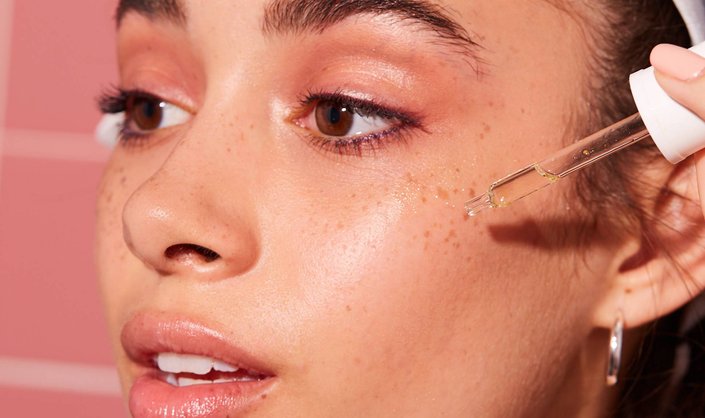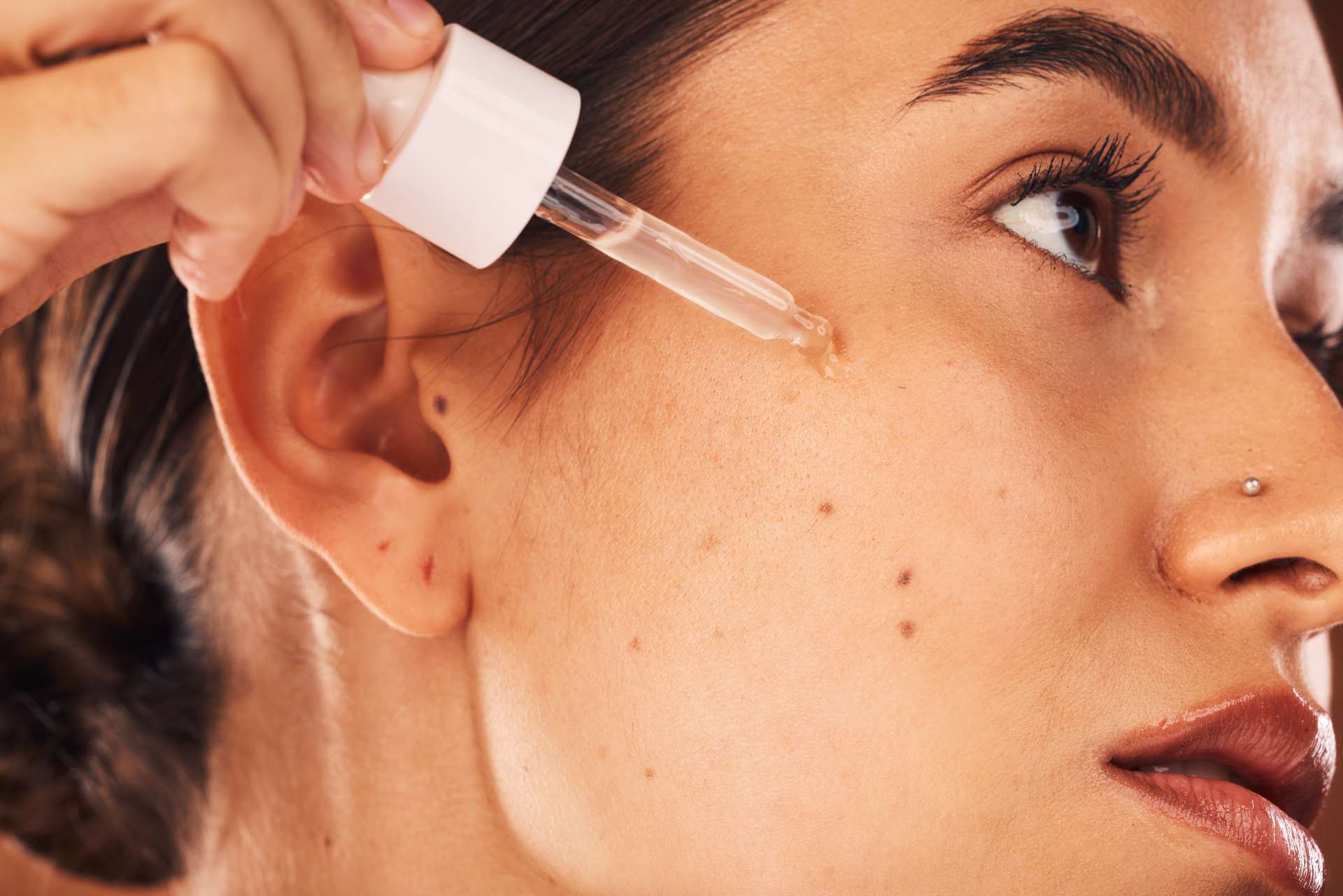When it comes to anti-aging skin care, few can claim to have the same anti-wrinkle benefits as retinol. But despite all the wonders this skincare MVP can do, many still don't fully understand how it works or how to use it properly. And despite its popularity, retinol can be intimidating to some people, especially those with darker or sensitive skin.
For an overview of this controversial topic, Have This ingredient spoke with top dermatologists and skincare experts to find out exactly what retinol is and how to choose the right one for you.
What Is Retinol And What Is It? For? What Is It?
A board-certified dermatologist in New York explains that retinol, along with other retinoid ingredients such as tretinoin and retinoic acid, is a type retinoid special. in the vitamin A family. "Retinols are generally considered weaker versions of vitamin A, and the term retinoid is generally used to refer to stronger prescription products such as tretinoin or adapalene,"
Although retinol is a gentler form of retinoid, it is not afraid to fight the signs of aging. Coat. “Retinol increases blood flow to the skin, which ultimately improves collagen production,” a board-certified dermatologist in Austin, Texas. “When retinol is applied directly to the skin, the basal cells, the lowest level of the skin, begin to divide. This division activates new epidermal cells to migrate to the surface of the skin. “More new cells appear on the surface, which remove the excess and begin the peeling process,”
How The result is that the marks of aging as fine lines and wrinkles become less visible. “Additionally, it can improve skin tone and texture and reduce the appearance of hyperpigmentation, age spots, or sun spots,” a facial plastic surgeon in New York.
When Should I Start Using Retinol?
You may have first heard about retinol from your skincare-savvy mother, but using retinol can be beneficial at any age, especially if you want to take care of your skin. Conditions such as dark spots, hyperpigmentation, acne scars and psoriasis, says. He adds: “It's best to start using retinol in your 20s and 30s, when you notice the first signs of aging. You can also use retinol as a preventative measure before you notice obvious signs of aging. At age 30 we really start [to show signs of aging]; Wrinkles, seborrheic keratosis, pigmentation changes, etc. then appear. Retinol helps delay these characteristic signs of aging which are undesirable for most. »
Is Retinol Safe to Use on All Skin Types?

Although retinols work well with all skin types, warns that those with sensitive skin may need to be more careful and go slow when adding the ingredient into their skin care routine. “Retinol can cause redness, irritation and scaling. Although most will get used to using a retinol product over time, it’s best to start slow,”
“In fact, I am skin type IV (olive or light brown skin) and I have definitely had success in using retinoid on my skin as part of an evening rejuvenating regimen,” she says.
Retinol can be particularly beneficial to skin types prone to dark spots. “Deeper skin tones often have more concern about uneven skin, discoloration or hyperpigmentation. Retinols can help reduce epidermal melanin production and increase exfoliation of any unwanted pigmented areas such as those left behind after an acne outbreak,” he says.
While retinol boasts some incredible benefits for many skin types and tones, this ingredient should be avoided when trying to conceive and stored away during pregnancy.
Choosing the Best Retinol Product for Your Skin
Rogers, a board-certified dermatologist in Seattle, Wash., retinol comes in multiple strengths; the most common are 1%, 0.5%, 0.3% and 0.25%. If your product doesn’t specify the percentage of retinol on the label, it usually means the concentration is weaker than 0.25%. This may not give you the full benefits of retinol. “Studies suggest you need to use at least 0.25% retinol or 0.025% tretinoin to be effective, so I recommend using a product that specifies the percentage,”
When choosing a retinol product for the first time, it’s best to start with the lowest concentration before moving up. Another thing to consider is your skin type. “If you have thick or oily skin, try a higher-strength product. If you have thin or dry skin, start with the lower-strength option,”
Your skin type is also a factor when it comes to deciding whether to use a retinol serum or cream. Serums are lighter, less congesting and easier to absorb, so they are typically best for those with oily or acne-prone skin. On the other hand, dry skin types can benefit more from using retinol creams “for extra hydration and slower delivery of the active ingredients,”
How To Use Retinol For Best Results
With correct and continuous use, it is proven that retinol will be effective in achieving results (brighter and smoother skin) in just four weeks. However, some people find retinol too harsh on the skin and stop treatment before seeing results.
It is best to use products containing retinol at night, after wash. And dry your face,” Rogers added. If this is your first time using retinol, this is the best way to start:
First week or two: Use it only two nights a week, until midnight.
The next two weeks: Apply every other night.
After 4-6 weeks of use: You should have a good idea of how your skin tolerates it. If tolerated, increase application to nightly use.
After 8-12 weeks: Once skin tolerance has developed, after approximately 8-12 weeks, it is very easy to apply. to use every evening. Reduce application if necessary.

Some Pro Tips To Prevent Irritation
Performing a skin test can ease your concerns about using retinol, especially if you have the weak and very reactive skin. To achieve this, applying a small amount just under your jawline and waiting 48 hours before trying it on your face. If your skin starts to get dry, irritated, or peeling, stop using retinol. Wait for your skin to return to normal before trying again with less product. “It's also a good idea to supplement retinol with a moisturizer, especially hyaluronic acid and ceramides, to help soothe flaking and irritation,”
Likewise, wearing sunscreen during the day is key,“Because skin cells are produced quickly, they lack the adhesion and lipid production needed to protect the skin. The skin is very sensitive to the sun, which is why it is essential to use products with SPF,” he explains.